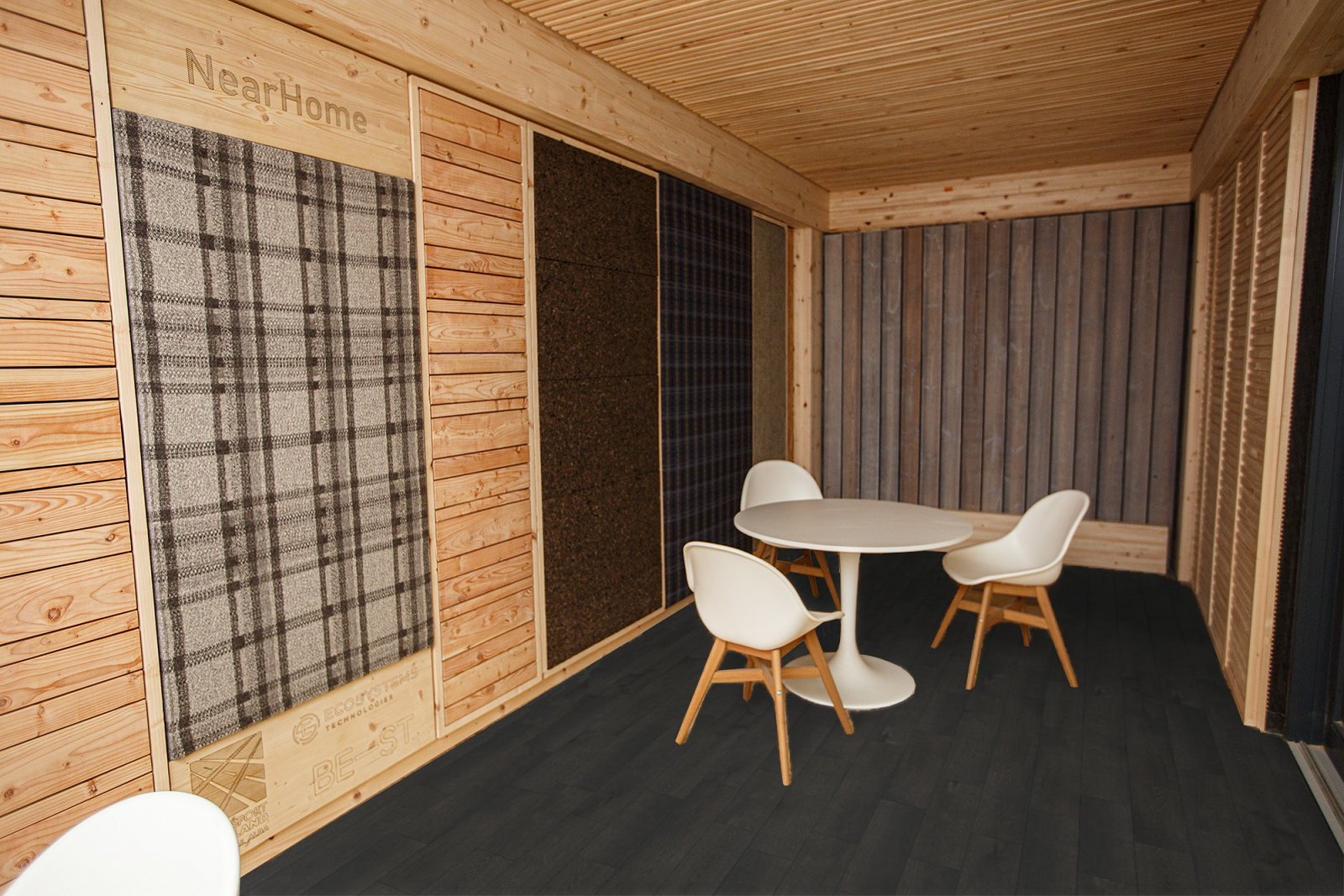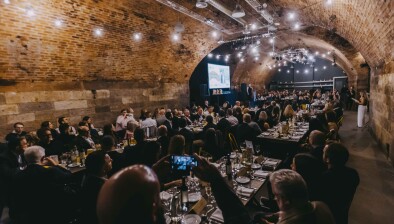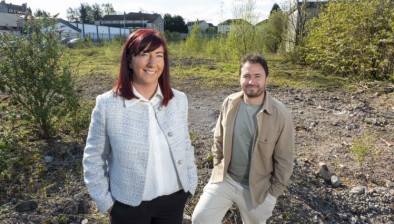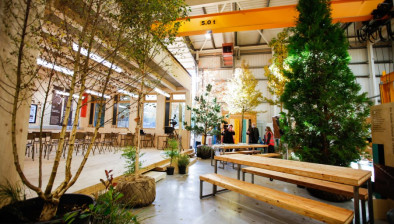New timber demonstrator unit shows potential for sustainable offices

The prototype aims to encourage modular building
A new modular demonstrator unit has been unveiled by Built Environment – Smarter Transformation (BE-ST), designed to show Scottish businesses that a timber kit-of-parts approach to retrofit could be the key to future sustainable offices.
Following the development of a blueprint design last year, Ecosystems Technologies – a specialist in advanced mass timber manufacturing – has now created a fully functioning prototype to encourage adoption of the modular approach among the Scottish business community.
Alongside the physical unit, an opensource free guide has been created by ThreeSixty Architecture to enable organisations to replicate the design and adapt it to different types and sizes of buildings, with the first office spaces already commissioned using the design expected to be occupied later this year.
The work forms part of the NearHome project, supported by Transport Scotland, which was formed in response to the changing working patterns of a post-Covid Scotland. The aim of the project is to provide businesses with the tools to transform and retrofit unused spaces into sustainable, energy-efficient out-of-town alternatives to city centre offices.
A study was also conducted by the University of Edinburgh to review the potential of using geographic information system (GIS) data to determine the best possible positions for future sites. Researchers looked at the use of existing datasets, such as Scottish Census data, to identify locations for NearHome hubs based on demographics, economic factors and travel times.
Scottish businesses are now being invited to view the demonstrator unit for themselves to experience how the timber-focused design could support future sustainable workplace strategies. Built-in flexibility and the use of components manufactured offsite means that the design can be applied to a range of different scenarios, from standalone pods to new build units or to repurpose vacant buildings – and not only used for offices.
Lynsey Bryson, head of digital programmes at BE-ST, said: “NearHome has the potential to change how we think about the retrofit of non-domestic buildings going forward. We know that a one-size-fits-all approach is not going to be possible to suit the various building typologies we use in Scotland, but the modular design offers a flexible, sustainable solution that can be adapted on a case-by-case basis.
“While we were originally looking specifically at workplaces, the flexibility of the kit has shown that it could in fact be used for a range of different purposes. We’re pleased to now see the toolkit design come to life with the physical demonstrator and hope that it can inform and inspire decision makers to consider it as a viable retrofit option for future projects.”
The project builds on BE-ST’s continued focus on modern methods of construction including homegrown engineered timber, which is central to the NearHome design. Environmental benefits include the use of a natural, low carbon material that would reduce Scotland’s reliance on imports, using a kit-of-parts that can be easily deconstructed and re-used if required as well as embracing biophilic design principles that are shown to have benefits for health and wellbeing.
Initial indications from the life cycle analysis of the NearHome approach suggest that the construction of a typical office building would produce five times more carbon dioxide equivalent compared to the modular, timber kit design.
Matt Stevenson, founder of Ecosystems Technologies, added: “There are a range of ways that homegrown timber could be used more widely in construction and this retrofit design is a great example that can be easily adopted by businesses and other organisations as the built environment transitions to zero carbon. We are already seeing that become a reality with interest growing and the first commercial orders for the kit-of-parts already underway.
“Scottish timber is a fantastic regenerative, low-carbon resource and there are significant opportunities to expand the use cases in the built environment through collaboration, research and digital technology. The NearHome project demonstrates the added advantage of a circular approach with the kit designed for reuse, meaning captured carbon can remain in the cycle for as long a period as possible.”
Patrick Harvie, minister for zero carbon buildings, active travel & tenants’ rights, said: “The new unit developed by BE-ST is another important milestone for the NearHome project.
“COVID-19 led to a fundamental shift in workplace settings and working patterns. It also created significant challenges in terms of wellbeing, social isolation, collaboration and networking. We funded the NearHome project to support workplace innovation and aid COVID recovery. The project is helping to create safe, hygienic and connected work environments, offering greater choice, flexibility for people to work locally. It’s also helping to create new opportunities in Scotland’s construction industry, making better use of Scottish wood.
“Not every home is suitable for home working. Working from quality spaces closer to home can offer greater flexibility and work-life balance, whilst reducing car dependency and transport emissions, and creating local economic opportunities – which is all part of the Scottish Government’s ambition to support the development of 20-minute neighbourhoods.”















